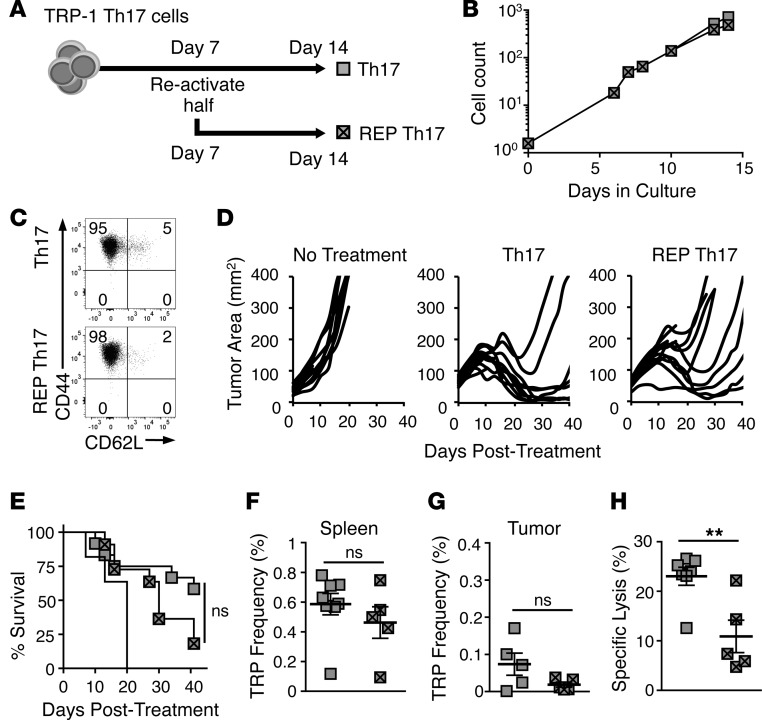Figure 2. Rapid-expansion protocol (REP) does not improve Th17 yield and reduces antitumor efficacy.
(A) Schematic for growth of Th17 and REP Th17 cultures. (B) Yield of Th17 and REP Th17 cells after 2 weeks of culture, representative of 3 independent cultures. (C) CD44 and CD62L memory marker expression on Th17 or REP Th17 cells on day 15, n = 3 independent cultures. (D) Mice with B16F10 were treated with 2 × 106 Th17 cells or REP Th17 cells after 5 Gy total body irradiation; n = 10 mice/group, representative of 2 independent experiments. (E) Percentage survival of cohorts treated with Th17 or REP Th17 cells; Kaplan-Meier curves compared by log-rank test. (F) Mean frequency (± SEM) of donor Th17 or REP Th17 cells in spleen of treated mice; n = 5–8 mice/group. (G) Mean frequency (± SEM) of donor Th17 or REP Th17 cells in tumors of treated mice; n = 5 mice/group. (H) Memory response of donor Th17 or REP Th17 cells evaluated by an in vivo cytotoxicity assay reported as mean percentage specific lysis (± SEM); n = 5–8 mice/group. Donor Th17 versus REP Th17 mean frequency and percentage specific lysis compared by Student’s t test. **P < 0.01. ns, not significant. TRP, CD4+ T cells with a TCR specific for tyrosinase-related protein-1.

